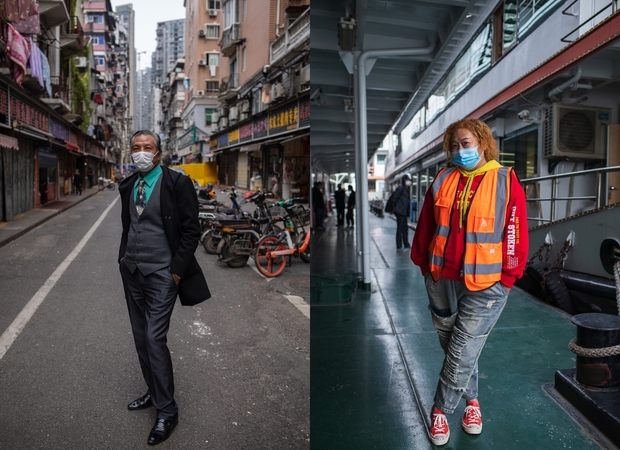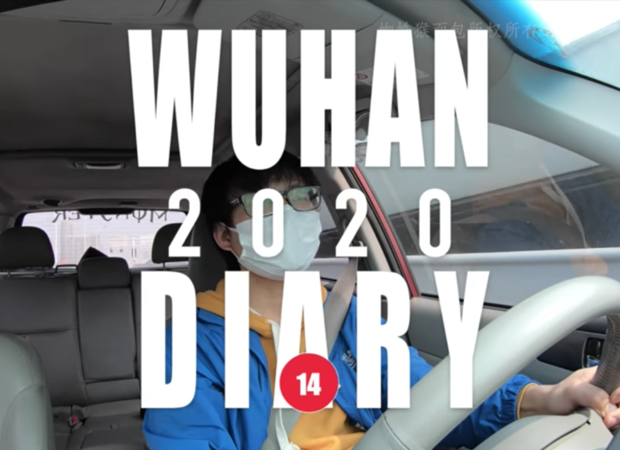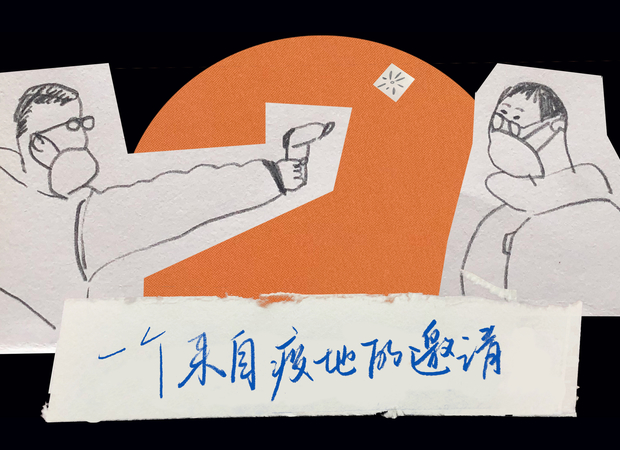East Asia Forum is a platform for analysis and research on politics, economics, business, law, security, international relations, and society relevant to public policy, centered on the Asia-Pacific region. It consists of an online publication and a quarterly magazine, East Asia Forum Quarterly, which aim to provide clear and original analysis from the leading minds in the region and beyond.
Based out of the Crawford School of Public Policy within the College of Asia and the Pacific at the Australian National University, the Forum is a joint initiative of two academic research networks: the East Asian Bureau of Economic Research (EABER) and the South Asian Bureau of Economic Research (SABER).
East Asia Forum is edited by Shiro Armstrong and Peter Drysdale. The views expressed in this forum are those of the individual authors and do not represent the views of the ANU, EABER, SABER, or the institutions to which the authors are attached.
East Asia Forum publishes twice daily. A weekly lead article is published every Sunday evening, and a Digest is sent to subscribers every Monday morning. EAF content is peer-reviewed and articles are checked for factual accuracy and edited to conform to style conventions. East Asia Forum is cataloged and archived by the National Library of Australia.















